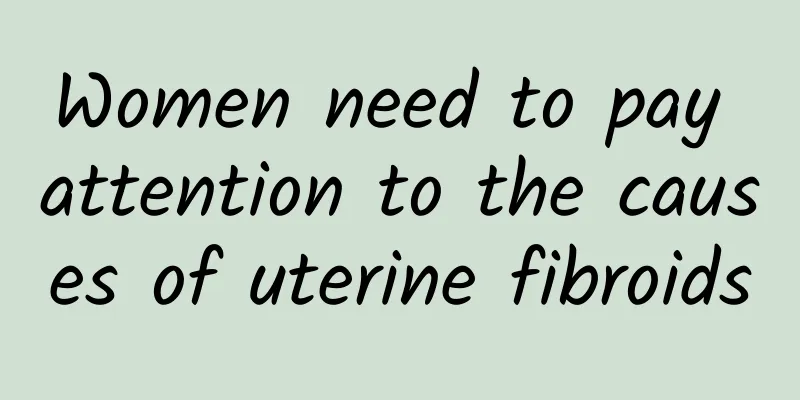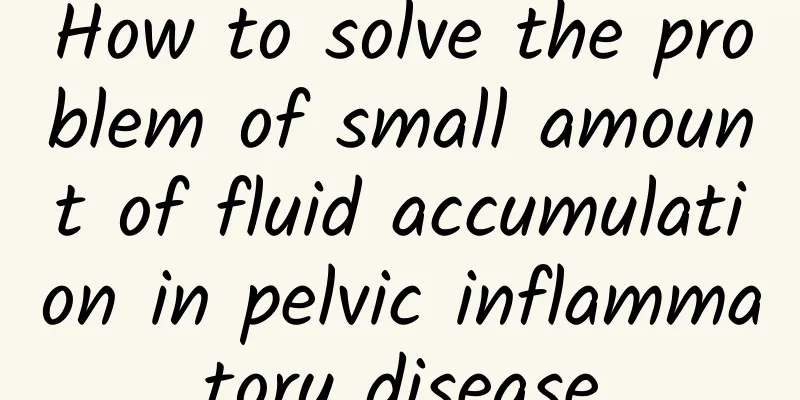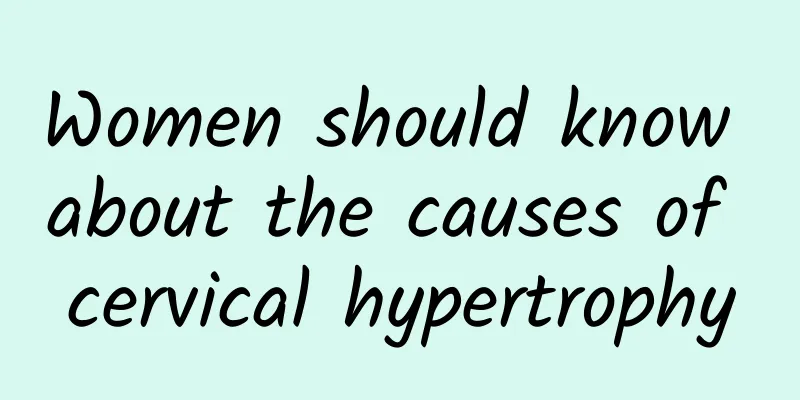What is cervical precancerous lesions?

|
Cervical precancerous lesions (CIN) are pathological conditions of abnormal proliferation of cervical epithelial cells. They are usually detected through cervical screening. Early intervention can effectively prevent cervical cancer. Treatment includes surgical resection, drug therapy and regular follow-up. The specific method should be selected according to the severity of the lesion. 1. The causes of cervical precancerous lesions CIN mainly include human papillomavirus (HPV) infection, genetic factors, environmental factors and a weak immune system. HPV infection is the main cause, especially high-risk HPV16 and 18. Genetic factors may increase an individual's susceptibility to HPV infection. Environmental factors such as smoking, long-term use of oral contraceptives and multiple sexual partners can also increase the risk. A weak immune system, such as HIV infection or long-term use of immunosuppressants, may lead to progression of the lesion. 2. The treatment methods for cervical precancerous lesions CIN are divided into CIN1, CIN2 and CIN3 according to the severity of the lesions. CIN1 usually does not require special treatment and regular follow-up is sufficient. CIN2 and CIN3 require active treatment, and common methods include cryotherapy, laser therapy and cervical conization. Cryotherapy destroys abnormal cells through low temperatures and is suitable for CIN1 and CIN2. Laser therapy uses high-energy laser beams to accurately remove diseased tissue and is suitable for CIN2 and CIN3. Cervical conization surgically removes part of the cervical tissue and is suitable for CIN3 or suspected cancer. 3. Preventive measures for cervical precancerous lesions (CIN) include HPV vaccination, regular cervical screening and improved lifestyle habits. HPV vaccine can effectively prevent high-risk HPV infection and is recommended for women of appropriate age. Regular cervical screening includes cervical cytology and HPV testing to detect lesions early. Improving lifestyle habits such as quitting smoking, reducing the number of sexual partners and using condoms can reduce the risk of infection. Cervical precancerous lesions (CIN) are the early stages of cervical cancer. Early detection and active treatment can effectively prevent the occurrence of cervical cancer. Women are advised to undergo regular cervical screening, get HPV vaccines, and maintain a healthy lifestyle to reduce the risk of disease. |
<<: How to treat left ovarian cyst
>>: What are the main causes of cervical erosion?
Recommend
How to treat irregular menstruation and dark yellow skin
Irregular menstruation and dark yellow skin may b...
What are the main causes of cervicitis?
What are the main causes of cervicitis? For patie...
Things to note when treating vaginitis
Vaginitis is a common disease, and patients with ...
What are the dangers of not treating cervical precancerous lesions?
I believe many people are aware of the dangers of...
3 dietary therapies for postoperative health care of patients with ectopic pregnancy
Ectopic pregnancy not only threatens the female r...
Learn it secretly! 4 kinds of food that thin people eat every day
Do you really want to lose weight, but are also w...
Bouncing may prevent endometriosis
Endometriosis is a disease caused by the appearan...
Gynecologist explains the causes of hyperprolactinemia
High prolactin is a common problem for female fri...
What are the early symptoms of ectopic pregnancy?
Ectopic pregnancy is what ordinary people call an...
The main things to note about cervical hypertrophy in daily life
There are many reasons for cervical hypertrophy, ...
How to regulate irregular menstruation
How to regulate irregular menstruation? Irregular...
Prevention of secondary amenorrhea
Prevention of secondary amenorrhea: 1. Adjust you...
Treatment costs for severe cervical precancerous lesions
How much does it cost to treat cervical precancer...
Five things to note about cervicitis
What are the precautions for cervicitis? Experts ...
Women should always pay attention to the causes of vulvar leukoplakia
At present, the incidence of vulvar leukoplakia i...









